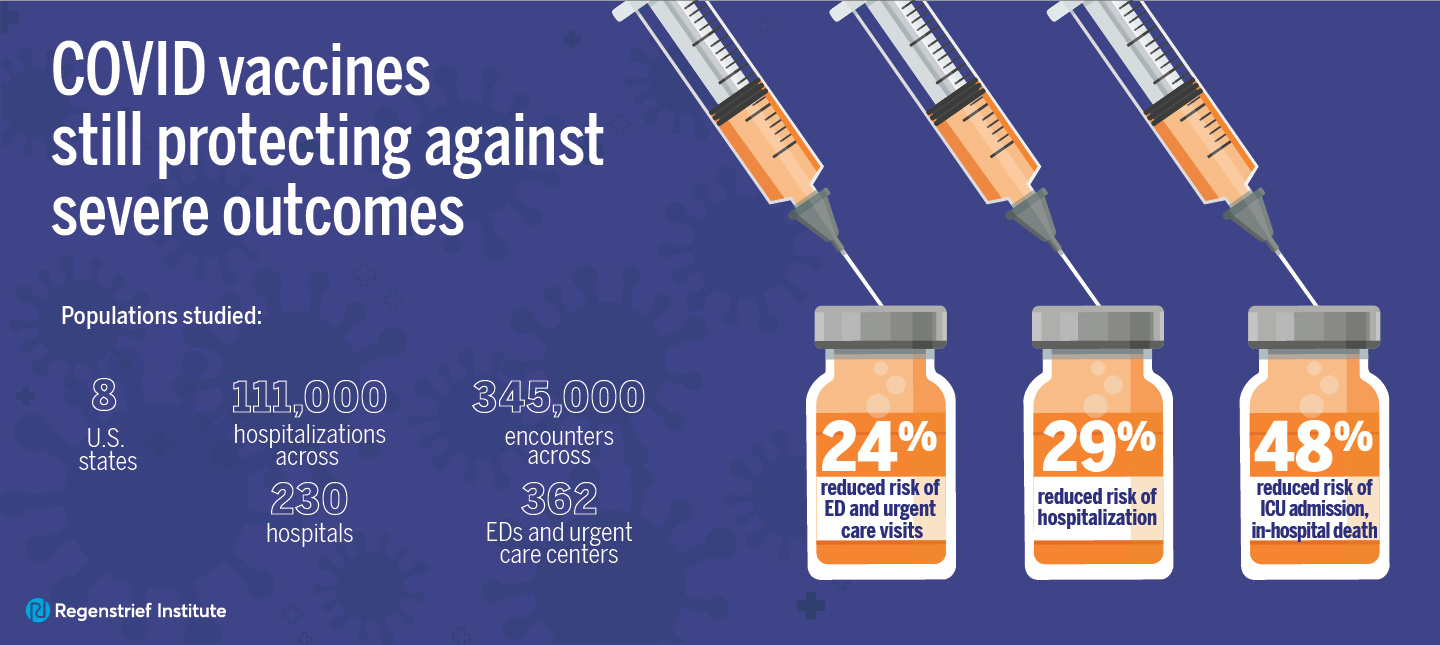INDIANAPOLIS – It can be challenging to determine whether the medical care provided in a hospital or nursing home is consistent with the preferences of the patient and family as indicated in the patient’s advance planning documents.
Currently nearly a quarter of hospitalized older Americans are unable to make end-of-life decisions for themselves. In the blink of an eye an individual of any age can experience a medical crisis rendering them incapable of decision-making. Advance care planning is designed to ensure receipt of the preferred medical care when the patient is unable to make decisions and is encouraged for all adults.

In a methodological report published online ahead of print in the Journal of Pain and Symptom Management, clinician-researchers from the Regenstrief Institute, Indiana University Center for Aging Research and IU School of Nursing explore these challenges, discuss related metrics and make practical recommendations for overcoming barriers to honoring patient preferences.
“What we choose to measure and how we measure drives how we set up our systems to deliver that care,” said first author Regenstrief Institute and IU Center for Aging Research Investigator Kathleen Unroe, MD, MHA. “We need to focus on patient outcomes not just processes.
“This paper delves into an issue important to both patients and providers–consistency with documented care preferences. We investigated the practicality of implementation of quality metrics to measure consistency of care with advance care planning and what barriers exist to putting these metrics into practice.”
The authors make five recommendations for improving consistency with patient preferences:
- Documenting specific treatment preferences in the medical record, i.e. “do not place feeding tube” vs. “comfort care.”
- Recording treatment preferences in a consistent format and location in the patient medical record.
- Reviewing and updating patient preferences regularly to reflect current preferences as clinical condition changes over time.
- Implementing prospective data collection strategies to capture decisions to withhold interventions or non-events.
- Adopting a consistent measurement approach in order to compare within and among health care providers, such as specific percentage required for agreement.
“Advance care planning is a process, not just a form,” said co-author Alexia Torke, MD, of the Regenstrief Institute, IU Center for Aging Research and IU School of Medicine. “It is important that when a person faces serious illness and can no longer make decisions, the care they receive is consistent with the wishes they have previously expressed.”
In addition to Dr. Unroe and Dr. Torke, Susan Hickman, PhD, of IU School of Nursing is a co-author of “Care Consistency with Documented Care Preferences: Methodologic Considerations for Implementing the Measuring What Matters Quality Indicator.”








